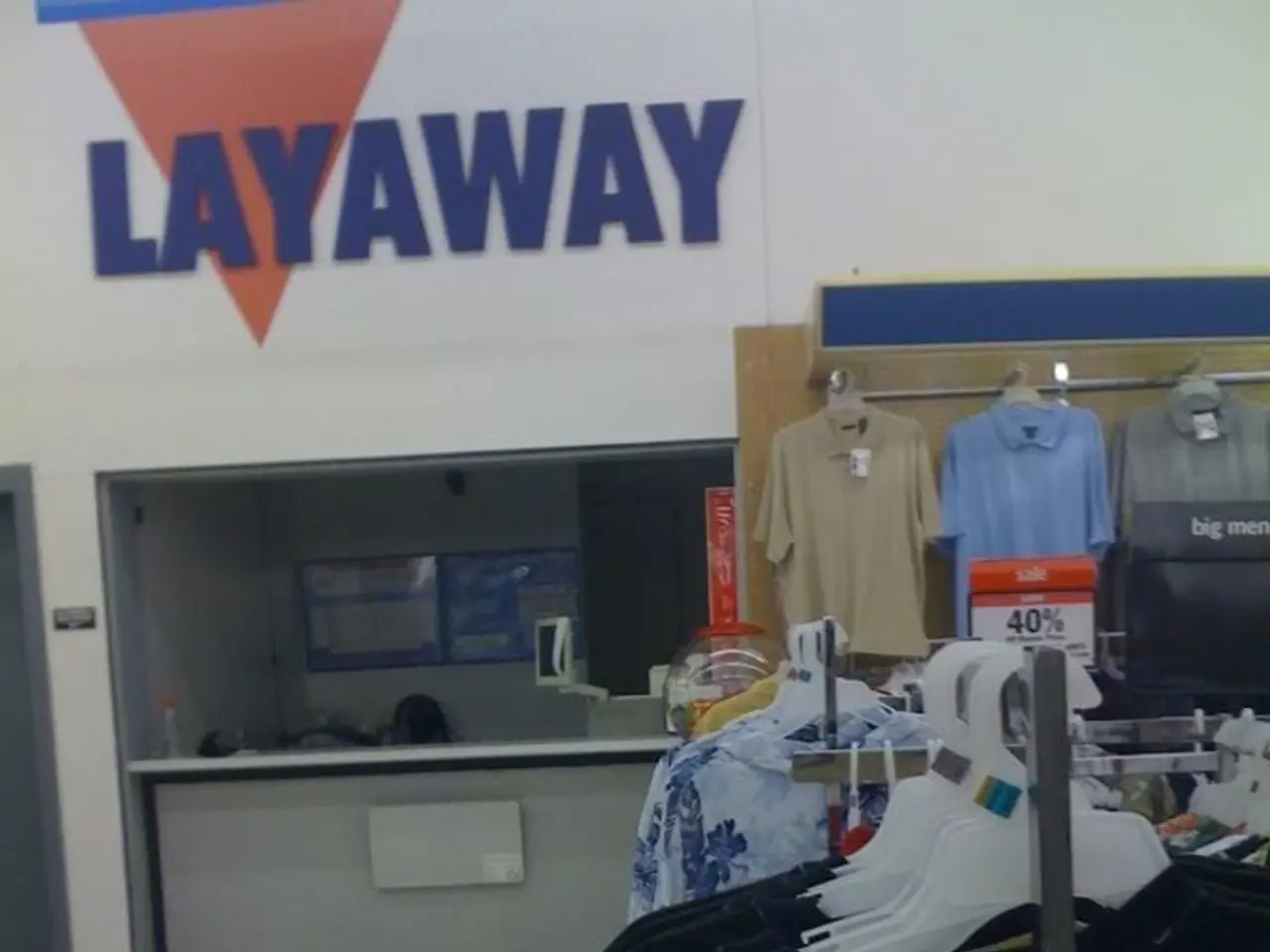Lifetime Customer Value: Fostering Lasting Business Expansion Immediately
Customer Lifetime Value (CLV) is an essential metric that bridges the gap between departments, providing a unified revenue strategy for businesses. By understanding CLV, marketers can determine how much they can afford to spend to win a customer, product teams can gain insights into usage behavior, and finance teams can forecast revenue more accurately.
Understanding CLV
CLV goes beyond simply measuring a customer's spending. It also takes into account the length of customer engagement and the frequency of purchases. When all teams operate with a shared understanding of CLV, they can work towards a common goal, ensuring a more cohesive and effective business strategy.
Calculating CLV
There are two main methods for calculating CLV: Historic Customer Lifetime Value and Predictive Customer Lifetime Value. The historic method looks at actual past data to determine the total value a customer has brought to your business. On the other hand, predictive CLV estimates future customer value using behavioral data, machine learning models, or forecasting techniques.
Strategies for Scaling Business with CLV
Effective strategies for scaling a business using CLV focus on increasing its value through improved customer retention, enhanced customer experience, personalized engagement, and strategic revenue growth tactics. Here are some key approaches:
Enhance Customer Experience and Support
Delivering exceptional, personalized service and proactive support can significantly boost customer satisfaction and loyalty, extending customer lifespan and retention.
Upsell and Cross-sell Strategically
Increasing the average order value and total revenue can be achieved by offering relevant complementary or premium products at optimal points in the customer journey.
Improve Retention and Reduce Churn
Keeping customers longer through success programs, outstanding support, and education that help customers fully realize product value can boost CLV with minimal new acquisition costs.
Implement Loyalty and Referral Programs
Rewarding repeat purchases and incentivizing customer advocacy can maintain engagement and organically grow the customer base.
Personalize Marketing and Communication
Tailoring recommendations, promotions, and messaging based on behavioral data enhances relevance and strengthens customer relationships.
Optimize Pricing Models
Aligning pricing with perceived value can maximize revenue while maintaining customer willingness to buy.
Increase Purchase Frequency
Employing timely promotions, discounts, and subscription models can encourage repeat transactions and steady revenue streams.
By applying these combined strategies, businesses create a self-sustaining growth cycle where increasing CLV leads to higher profitability and scalable growth without proportionally increasing acquisition costs.
The Importance of CLV for Businesses
CLV drives decisions around loyalty programs, pricing strategies, and onboarding experiences. It applies to service-based businesses as well as product-based businesses. High-CLV customers often respond better to bundled offers or long-term subscriptions.
CLV helps businesses align pricing with projected revenue and customer behavior. Factors such as churn rate, purchase frequency trends, referral behavior, discount and promotion sensitivity, support or service costs, customer satisfaction scores, and other factors can influence CLV accuracy.
Customer acquisition cost (CAC) directly affects profitability and should be considered when calculating CLV. CLV helps companies prioritize high-value customers, reduce churn, and make smarter acquisition decisions.
CLV is one of the most important metrics for assessing profitability because it combines retention, frequency, and average order value into one clear picture. It guides smarter customer acquisition spend, improves retention and loyalty strategy, supports revenue forecasting and planning, enhances segmentation and personalization, and helps optimize pricing and offers.
CLV for Small Businesses
CLV is not just for large corporations. It can help small businesses spend smarter and grow sustainably. By understanding their CLV, small businesses can identify their most profitable customers, optimize their marketing efforts, and make informed decisions about their growth strategies.
In conclusion, Customer Lifetime Value is a powerful tool for businesses of all sizes. By focusing on strategies that increase CLV, businesses can scale effectively, improve profitability, and create a self-sustaining growth cycle. It's time for businesses to embrace CLV and harness its potential to drive growth and success.
[1]: Source 1 [2]: Source 2 [3]: Source 3 [4]: Source 4 [5]: Source 5
- Personal finance enthusiasts can appreciate the importance of CLV as it helps them understand the long-term value of their customer relationships and invest wisely in their businesses.
- By incorporating strategies that boost CLV, business owners can ensure sustainable growth in their ventures, making their investing in customer acquisition and retention activities more financially sound.




